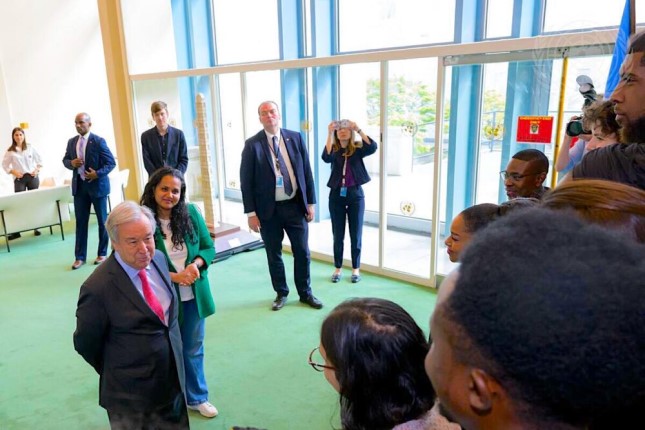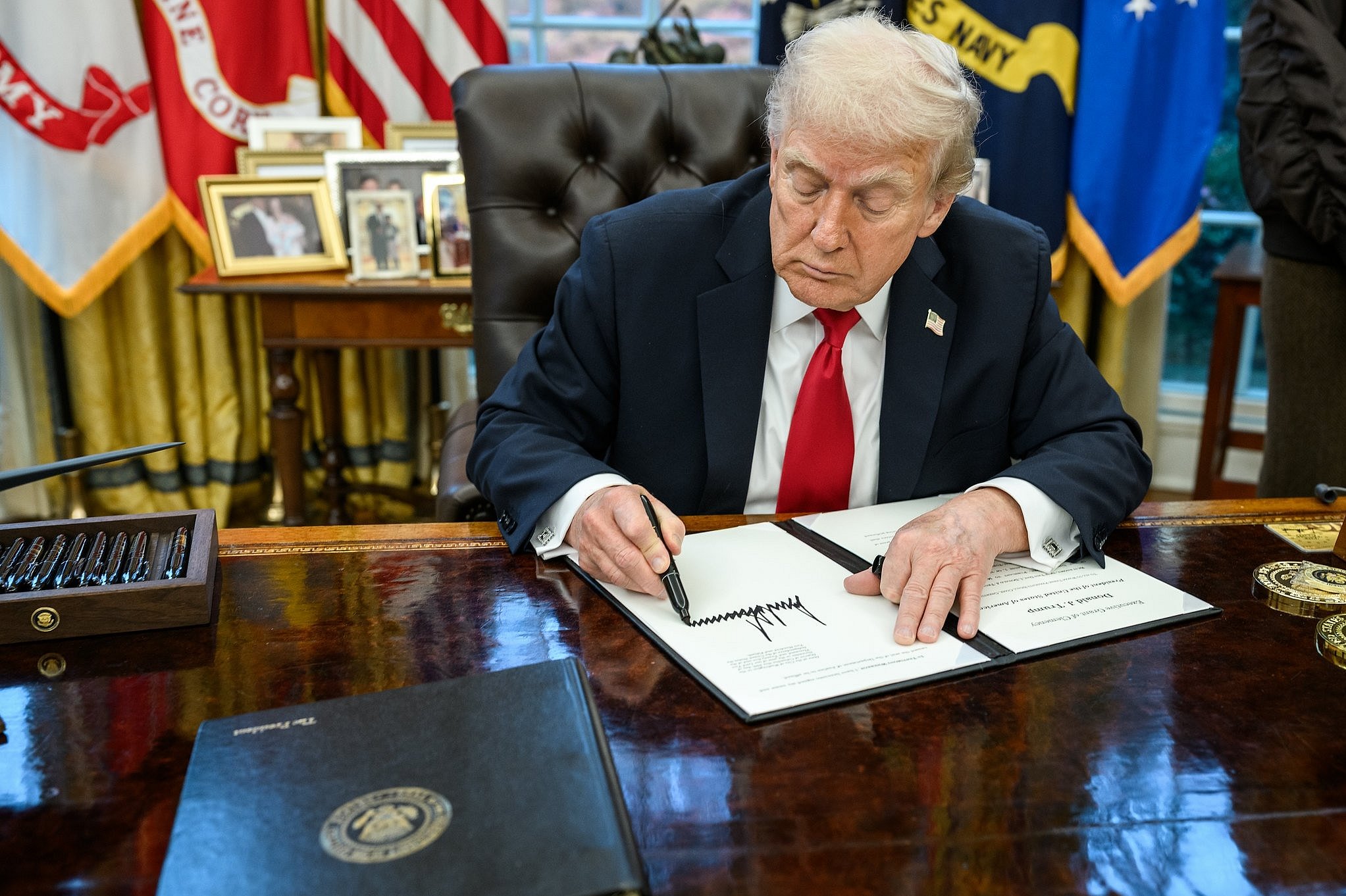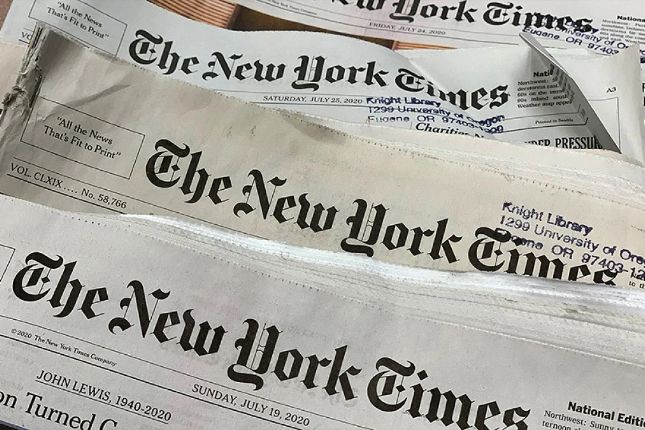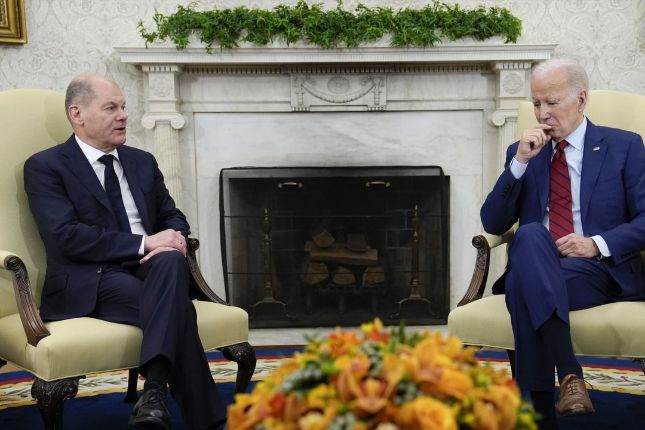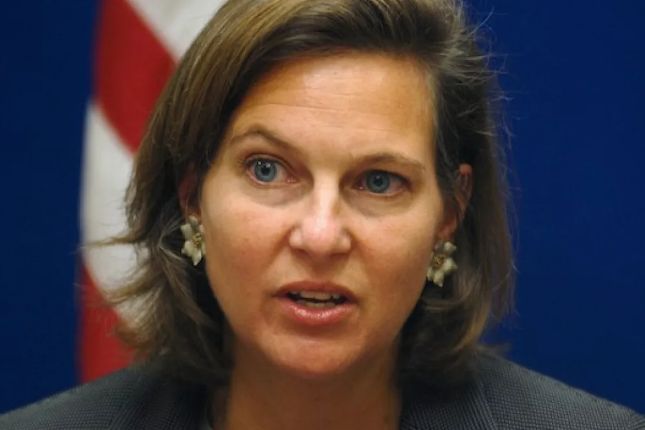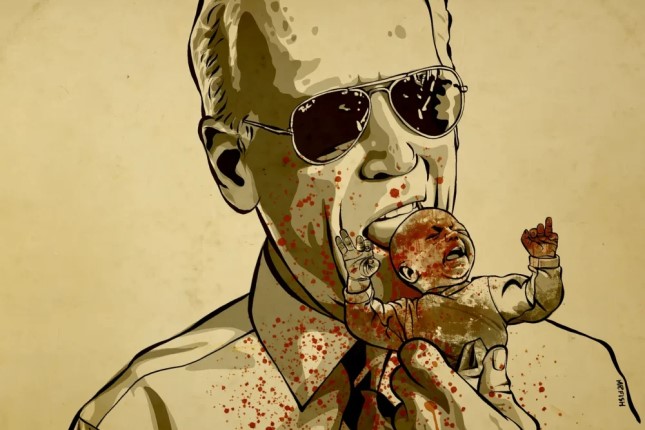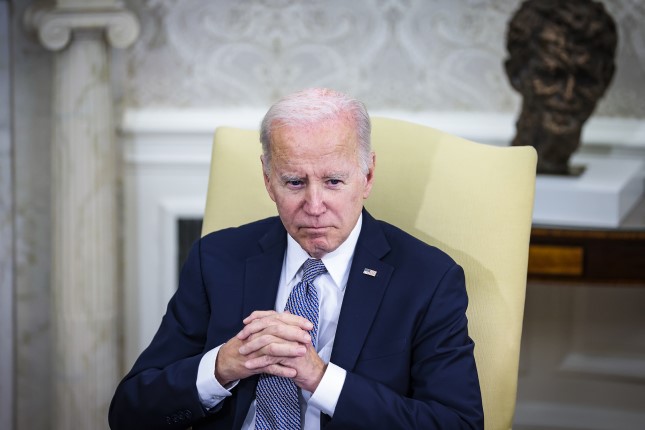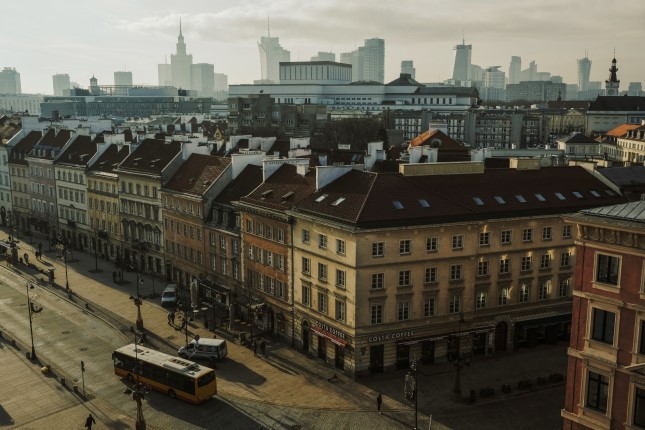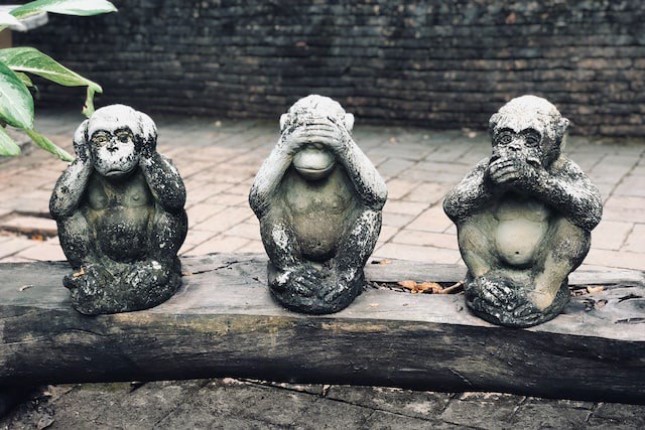The key to economic development and ending poverty is investment. Nations achieve prosperity by investing in four priorities.
Most important is investing in people, through quality education and health care. The next is infrastructure, such as electricity, safe water, digital networks and public transport.
The third is natural capital, protecting nature. The fourth is business investment. The key is finance: mobilizing the funds to invest at the scale and speed required.
In principle, the world should operate as an interconnected system. The rich countries, with high levels of education, healthcare, infrastructure, and business capital, should supply ample finance to the poor countries, which must urgently build up their human, infrastructure, natural and business capital.
Money should flow from rich to poor countries. As the emerging-market countries became richer, profits and interest would flow back to rich countries as returns on their investments.
That’s a win-win proposition. Both rich and poor countries benefit. Poor countries become richer; rich countries earn higher returns than they would if they invested only in their own economies.
Strangely, international finance doesn’t work that way. Rich countries invest mainly in rich economies. Poorer countries get only a trickle of funds, not enough to lift out of poverty. The poorest half of the world (low-income and lower-middle-income countries) currently produces around $10 trillion a year, while the richest half of the world (high-income and upper-middle-income countries) produces around $90 trillion.
Financing from the richer half to the poorer half should be perhaps $2-3 trillion year. In fact, it’s a small fraction of that.
Short-Term Finance for Long-Term Investment
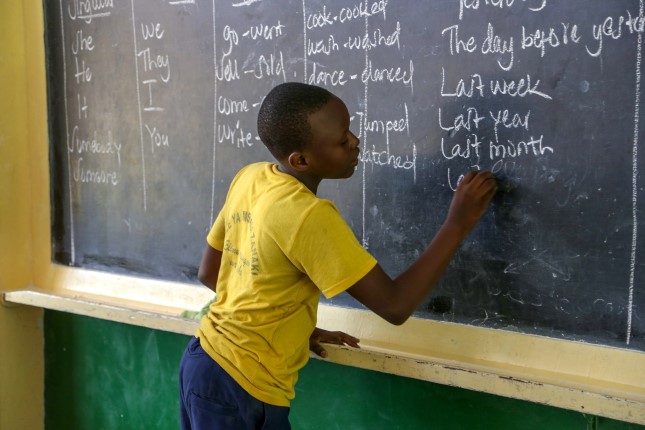
English language class in Zanaki Primary School in Dar es Salaam, Tanzania, 2017. Photo: Sarah Farhat/World Bank / Flickr / CC BY-NC-ND 2.0.
The problem is that investing in poorer countries seems too risky. This is true if we look at the short run. Suppose that the government of a low-income country wants to borrow to fund public education.
The economic returns to education are very high, but need 20-30 years to realize, as today’s children progress through 12-16 years of schooling and only then enter the labor market. Yet loans are often for only five years, and are denominated in U.S. dollars rather than the national currency.
Suppose the country borrows $2 billion today, due in five years. That’s okay if in five years, the government can refinance the $2 billion with yet another five-year loan. With five refinance loans, each for five years, debt repayments are delayed for 30 years, by which time the economy will have grown sufficiently to repay the debt without another loan.
Yet, at some point along the way, the country will likely find it difficult to refinance the debt. Perhaps a pandemic, or Wall Street banking crisis, or election uncertainty will scare investors. When the country tries to refinance the $2 billion, it finds itself shut out from the financial market. Without enough dollars at hand, and no new loan, it defaults, and lands in the IMF emergency room.
Like most emergency rooms, what ensues is not pleasant to behold. The government slashes public spending, incurs social unrest and faces prolonged negotiations with foreign creditors. In short, the country is plunged into a deep financial, economic and social crisis.
Unable to Borrow Long Term
Knowing this in advance, credit-rating agencies like Moody’s and S&P Global give the countries a low credit score, below “investment grade.” As a result, poorer countries are unable to borrow long term. Governments need to invest for the long term, but short-term loans push governments to short-term thinking and investing.
Poor countries also pay very high interest rates. While the U.S. government pays less than 4 percent per year on 30-year borrowing, the government of a poor country often pays more than 10 percent on five-year loans.
The IMF, for its part, advises the governments of poorer countries not to borrow very much. In effect, the IMF tells the government: better to forgo education (or electricity, or safe water, or paved roads) to avoid a future debt crisis. That’s tragic advice! It results in a poverty trap, rather than an escape from poverty.
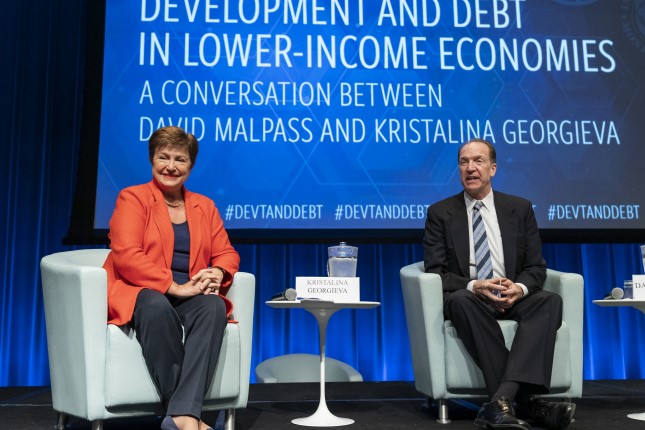
IMF Managing Director Kristalina Georgieva and World Bank President David Malpass during a World Bank panel in Washington, Feb. 10, 2020. Photo: IMF / Cory Hancock.
The situation has become intolerable. The poorer half of the world is being told by the richer half: decarbonize your energy system; guarantee universal healthcare, education and access to digital services; protect your rainforests; ensure safe water and sanitation; and more. And yet they are somehow to do all of this with a trickle of five-year loans at 10 percent interest!
The problem isn’t with the global goals. These are within reach, but only if the investment flows are high enough. The problem is the lack of global solidarity. Poorer nations need 30-year loans at 4 percent, not five-year loans at more than 10 percent, and they need much more financing.
Put more simply, the poorer countries are demanding an end to global financial apartheid.
More Money at Better Rates
There are two key ways to accomplish this. The first way is to expand roughly fivefold the financing by the World Bank and the regional development banks (such as the African Development Bank). Those banks can borrow at 30 years and around 4 percent, and on-lend to poorer countries on those favorable terms.
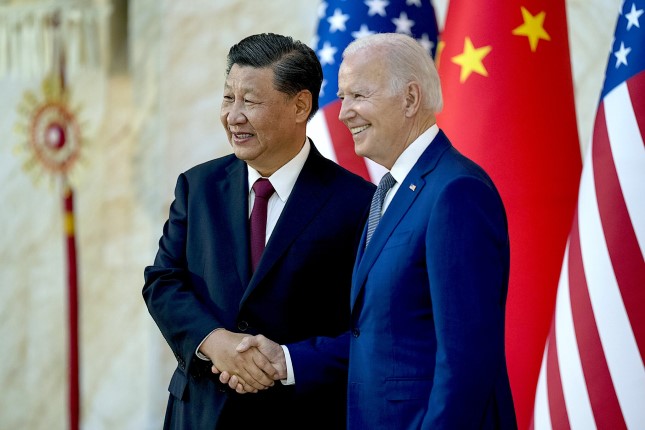
Chinese President Xi Jinping and U.S. President Joe Biden in their first direct meeting on Nov. 14, 2022 at the G20 summit in Bali, Indonesia. Photo: White House / Wikimedia Commons / Public domain.
Yet their operations are too small. For the banks to scale-up, the G20 countries (including the U.S., China and EU) need to put a lot more capital into those multilateral banks.
The second way is to fix the credit-rating system, the IMF’s debt advice, and the financial management systems of the borrowing countries. The system needs to be reoriented towards long-term sustainable development. If poorer countries are enabled to borrow for 30 years, rather than five years, they won’t face financial crises in the meantime.
With the right kind of long-term borrowing strategy, backed up by more accurate credit ratings and better IMF advice, the poorer countries will access much higher flows on much more favorable terms.
The major countries will have four meetings on global finance this year: in Paris in June, Delhi in September, the U.N. in September and Dubai in November. If the big countries work together, they can solve this. That’s their real job, rather than fighting endless, destructive, and disastrous wars.
Main photo: U.N. Secretary-General António Guterres, front left, with Young Leaders for the Sustainable Development Goals on April 24 © U.N. Photo / Manuel Elías.
Source: Consortium News.
